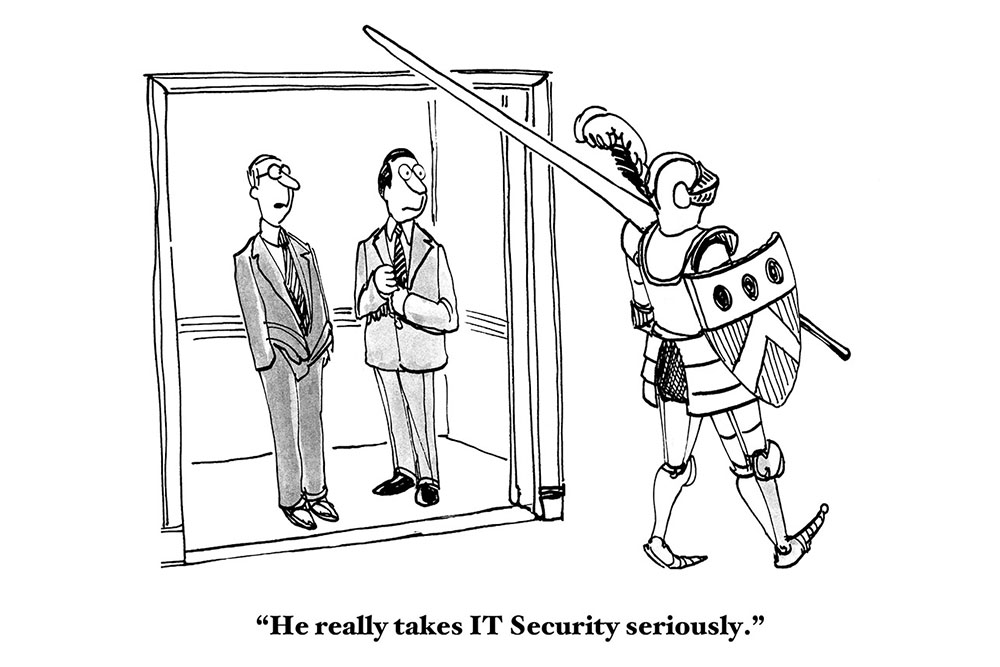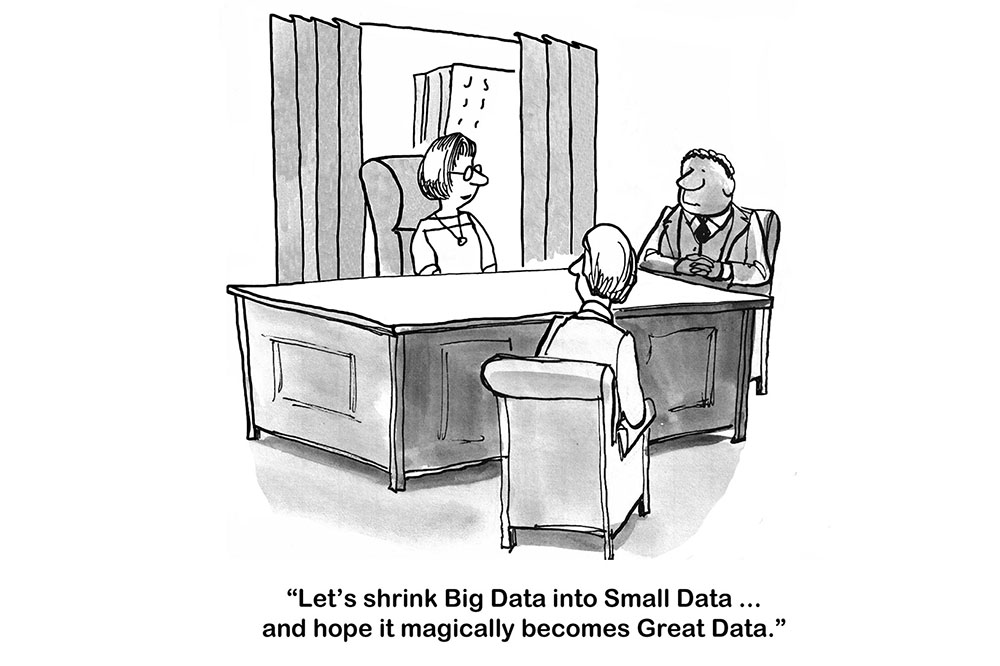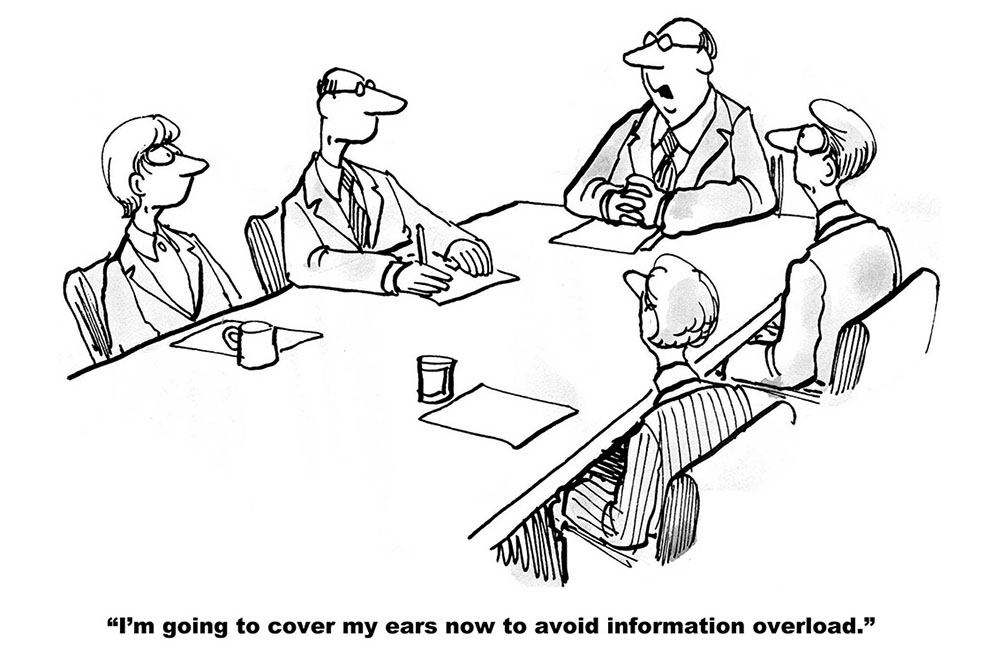To make technology matter more, companies need to understand the underlying drivers for the magnitude of achieved technology impact. Having worked with many organizations across the world on similar topics, I have designed a formula to illustrate how to amplify the technology impact, i.e., how to make technology matter more:

There are four underlying areas that will drive the magnitude of the technology impact:
- Application: Identify opportunities to apply technologies to external and internal products/services and business processes to create concrete business impact
- Adoption: Design the user desirable products and drive change management, especially with behavioral changes, to ensure that as many internal and external users are embracing the technology products/applications as possible
- Acceleration: Get to the projected impact of the technology applications as quickly as possible and adopt a test & learn mindset to adjust applications whenever necessary
- Architecture: Design and develop underlying technology foundation that can evolve with the technology advances, vs. something that is complex and obsolete the day the technology is deployed into users’ hands
More specifically,
Application Impact
While technology has been widely installed in many companies, there are still a lot of opportunities to further apply technology across the enterprise. There are four major areas where technology can be further applied:
- Automation: Look around in many companies today and we can still see paper, phone, and PDF files everywhere. Most executives will see the potential of automating paper and phone because manual labor is always associated with paper and phone. PDF files are actually another significant opportunity area since the information locked in the ubiquitous PDF files will often require human intervention. There are tremendous opportunities to apply new automation techniques to reduce the presence of paper, phone, and PDF files.
- Intelligentization: The past focus of technology investment has been on the automation of manual activities and the electronification of transaction records. With the advance of big data, advanced analytics, and AI, companies now have huge opportunities to “intelligentize” the computer systems in place today and to augment existing systems and human users with predictive and prescriptive actions.
- Personalization: Applications today are still one-size-fits-all. Every user gets the same products and services. Personalization can fundamentally transform the user experience, the value proposition offered to users, and the value accomplished by the companies.
- Visualization: in addition to the traditional look & feel of Excel and user interfaces, advanced human-machine interfaces such as Augmented Reality and Virtual Reality can create new opportunities for companies to apply technology.
Adoption Rate
New applications are useless if their full potential is not realized because of poor user reception and usage. There are too many failed technology products that were super strong on features but not widely used. Even some of the newer tools such as AI and sales force tools are still facing the adoption issues where only a small percentage of features and functionalities are being widely utilized. Companies must solve the adoption issues to make sure the value gets maximized.
Solving the adoption issues would require companies to holistically apply design principles across the adoption lifecycle: pre-adoption (when the products were being envisioned and user pain points are being identified and addressed), during-development (when the right products are being designed and developed, with the right set of user interfaces, features, and functionalities), and post-deployment (when change management is being applied to drive user adoption). Too many companies didn’t pay enough attention to adoption until they realize the products are not being used by the actual users. That’s too late!
Acceleration Speed
Technology is now truly changing at lightspeed. Traditional approaches to multi-year IT programs won’t suffice to allow companies to capture the full potential of technology. Tech giants such as Google and Amazon are literally creating new features every second. Companies must have weekly metabolism at least to keep up with those giants. To achieve such speed, companies should reevaluate how they organize the technology organizations, how they deploy technologies, and how they develop new technology talents to ensure they can shorten the lead time to get new technology applications imagined, designed, deployed, and adopted.
Architecture Complexity
Technology is complex. When new applications are created, companies also tend to just add to the current technology landscape which further increases the technical complexity. Technology complexity will slow down the development and adoption of technology products and services. The complexity will also create impediments to prevent companies from being able to continue to evolve with future technology advances and introduce new functionalities to the products. To reduce architectural complexity, companies must aggressively push for the modularity of technology architecture. Furthermore, companies should launch the right architecture assurance processes to ensure careful consideration and decisions on tradeoffs between short term needs to get the products to the market and long-term maintainability and evolvability of the technology. Lastly, companies must be willing to periodically gut the current architecture and move to the new. While we admire the technical elegances of the platforms from true technology companies, we often don’t realize that those companies revamp the underlying infrastructure on a frequent basis.
As someone who has been working on a journey to make technology matter over the last 20+ years, the 4 A’s are my view of the underlying drivers for technology impact. If you have more thoughts and ideas, please reach out to me!



